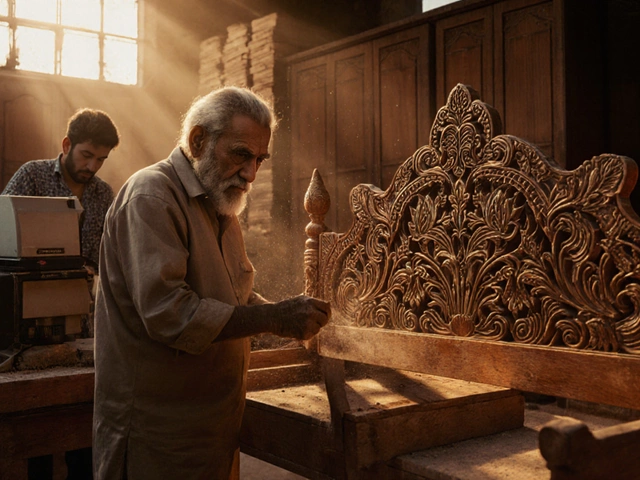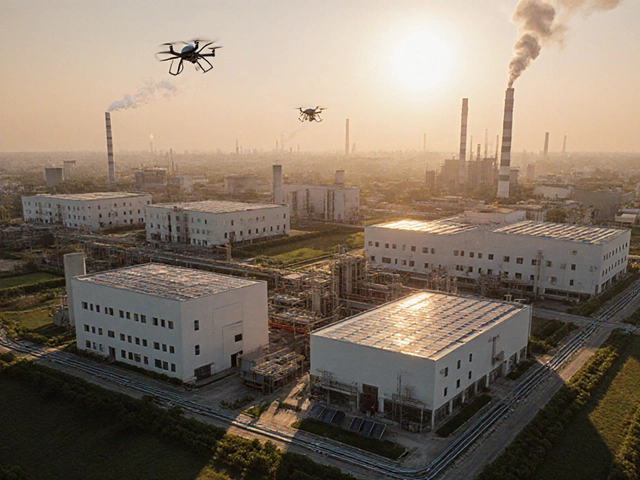Pittsburgh Steel City: A Look at Its Manufacturing Legacy
When we talk about Pittsburgh steel city, the nickname for Pittsburgh, Pennsylvania, built around a massive steel‑making sector that shaped the city’s identity, we’re really looking at a classic example of a steel industry, the network of mines, furnaces, and mills that turn iron ore into steel products. This industry thrives on raw material sourcing, getting iron ore, coal, and limestone to feed blast furnaces and on an extensive manufacturing hub, a cluster of factories, transportation links, and skilled labor that keep production moving. Over the past century, the city’s industrial history, its rise, decline, and recent diversification has guided local economic development and community identity.
The rise of the Pittsburgh steel city can be traced to three key factors. First, the proximity to raw materials meant lower transport costs, a fact that steel industry encompasses raw material sourcing. Second, a dense network of railroads and river barges turned Pittsburgh into a true manufacturing hub requires efficient logistics. Third, a deep pool of skilled workers created a feedback loop where expertise attracted more firms, reinforcing the industrial history influences economic impact. When the demand for steel fell in the late 20th century, the city didn’t disappear; it pivoted toward advanced alloys, aerospace components, and high‑tech manufacturing, showing how a strong industrial base can adapt and sustain the local economy.
Today, the legacy of the steel era shows up in everything from the skyline’s iconic bridges to the curriculum of local engineering schools. The economic impact, jobs, tax revenue, and ancillary businesses generated by steel and related sectors still matters, even as new tech firms join the mix. Below you’ll find articles that dive into cost comparisons for manufacturing, deep‑dive case studies on auto plants, and guides on starting small factories—all of which echo the themes of resource management, hub dynamics, and historical context that define the Pittsburgh steel city story. Keep scrolling to uncover practical insights and real‑world examples that illustrate how the past informs today’s manufacturing decisions.
Pittsburgh: The Steel Capital of the United States (And Why It Matters)
Pittsburgh, Pennsylvania is the steel capital of the United States due to its dominance in steel production from the 1870s to 1980s. The city produced 67% of America's steel at its peak, thanks to its access to coal, rivers, and innovators like Andrew Carnegie. Though mills closed in the 1980s, Pittsburgh's legacy as the steel capital endures through its cultural identity and ongoing steel industry presence.
Read More




